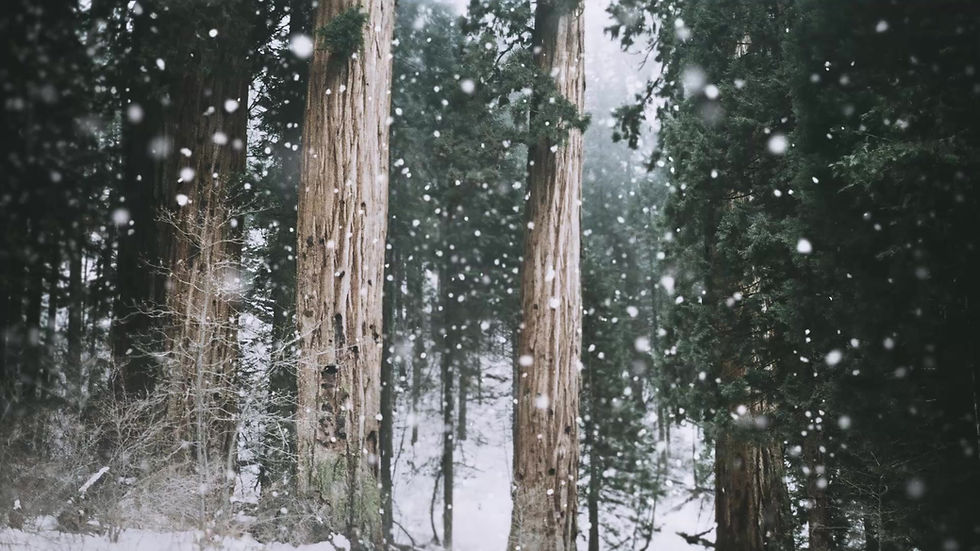

Guide for Cold Weather Training
Just because the weather changes doesn't mean we have to stop training! It just means we need to be adaptable and dress accordingly. In fact, training in adverse conditions improves body awareness, coordination, and the ability to intelligently assess different situations and react accordingly. Our training changes as the surfaces we train on change. This creates better overall athletes and helps to keep us safer by improving how we respond to unexpected situations in everyday life!
What to Wear
The same way we dress appropriately for other winter-sports such as skiing or snowboarding, we must dress appropriately for doing parkour in cold-weather conditions.
It's always a good idea to bring extra layers, even if it's not freezing when you leave your house. In order to train safely in cold weather you need to be able to moderate your temperature to avoid freezing, or sweating. While we think it's valuable to challenge your body's ability to regulate heat (you can actually improve this by training it), it's always important to pay attention to signs of hypothermia or frostbite (numbness, pain, or in extreme cases a feeling of excessive heat). IF for any reason you do become too cold, Centennial Center Park has heated bathrooms with warm hand dryers. This can be a great way to recharge and reheat.
There are 4 critical layers that will keep you warm while training outdoors in cold weather. These are the same 4 critical layers for hiking in the rocky mountains in the cold winter months, which we also do! :)
Layer 1: Base Layer
Good base layers (the layers touching your skin) are made from synthetic, wool, silk, or bamboo fibers. Avoid cotton, which absorbs water and sweat, takes a long time to dry, and pulls heat away from the body. Your base layer should fit snug against your body since its job is to wick sweat off your skin. This snug fit will also keep wind and cold air from getting between your base layer and your skin.
Layer 2: Insulating Layer

The insulating layer is meant to retain body heat and protect you from the cold aka insulate. Wool, down and fleece all have good insulating properties. This layer can fit more loosely than your base layer, but shouldn't be super loose to avoid letting in cold air or wind. Since your base layer is moisture-wicking, any wetness will be transferred to the insulating layer; so again, no cotton.
Layer 3: Shell Layer

The outer layer is meant to shield you from the wind, rain, and snow. This layer should be waterproof and durable. Be sure to try on your shell layer with your other layers on so you can make sure it will fit with all your other gear underneath.
Layer 4: Accessories





Accessories are very important pieces to completing your outfit. These cover the parts of your body that are further from your heart and therefore need more assistance staying warm. For your head, hats, neck gaiters, & face masks can all be worn. These should also be waterproof or at least moisture-wicking. For your hands, gloves are very important. While thin gloves work in the mild cold, it's important to get a pair of well-insulated gloves. Check the texture on the bottom of the glove, because it is better to have a durable material on the palms and bottom of the fingers. For your feet a nice pair of water resistant or moisture-wicking socks will be very important. Wool is a great material for warm socks. As we get more snow, feel free to wear your snow boots!
Need Examples?
REI has a great write up on all of these layers and has examples of each layer on their site. Once you know what you're looking for you can purchase there or feel free to look for a different store, local shop, or even thrift store to find the same type of clothes!
https://www.rei.com/learn/expert-advice/layering-basics.html
